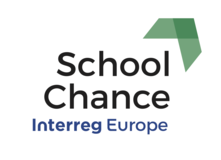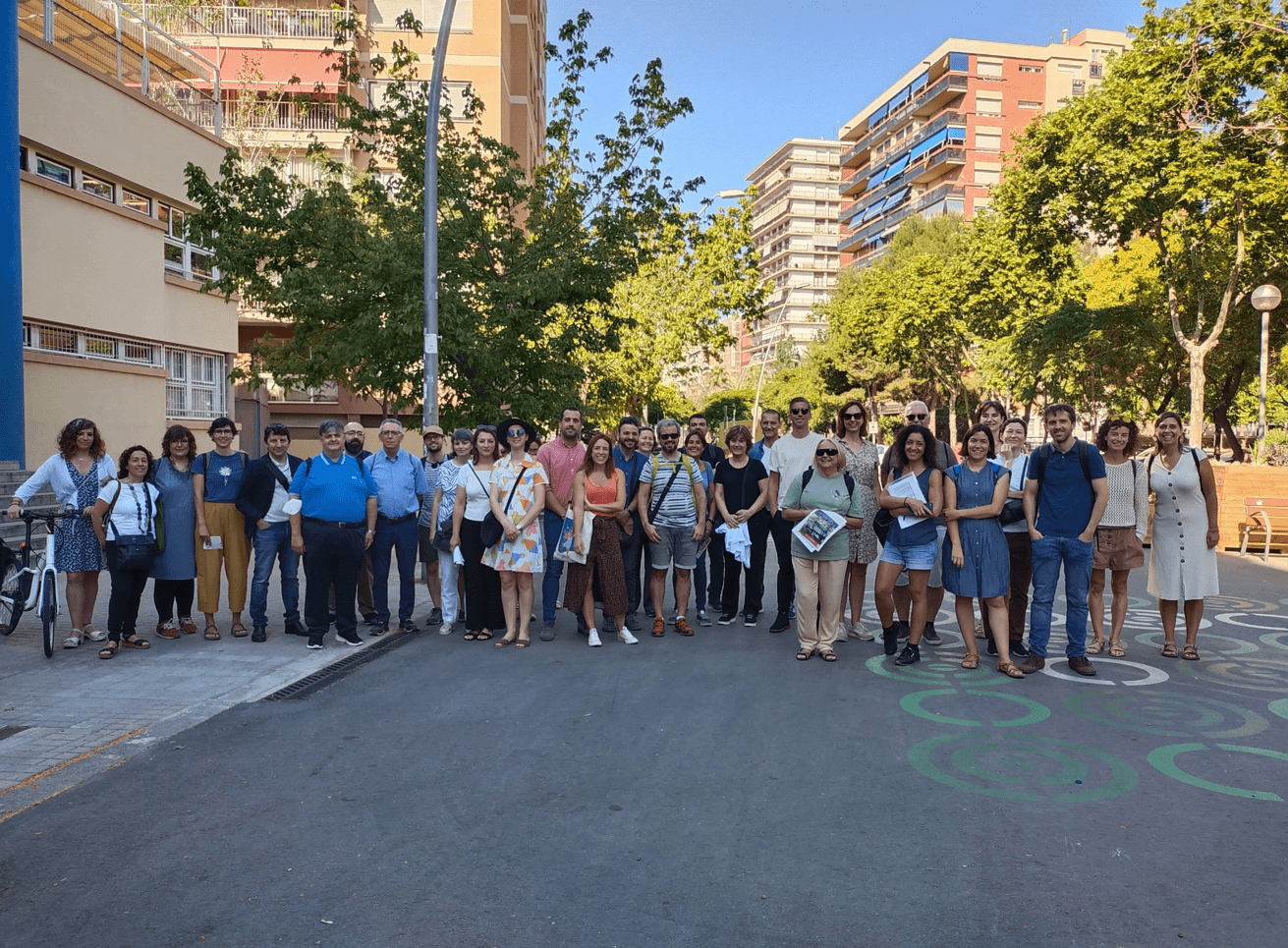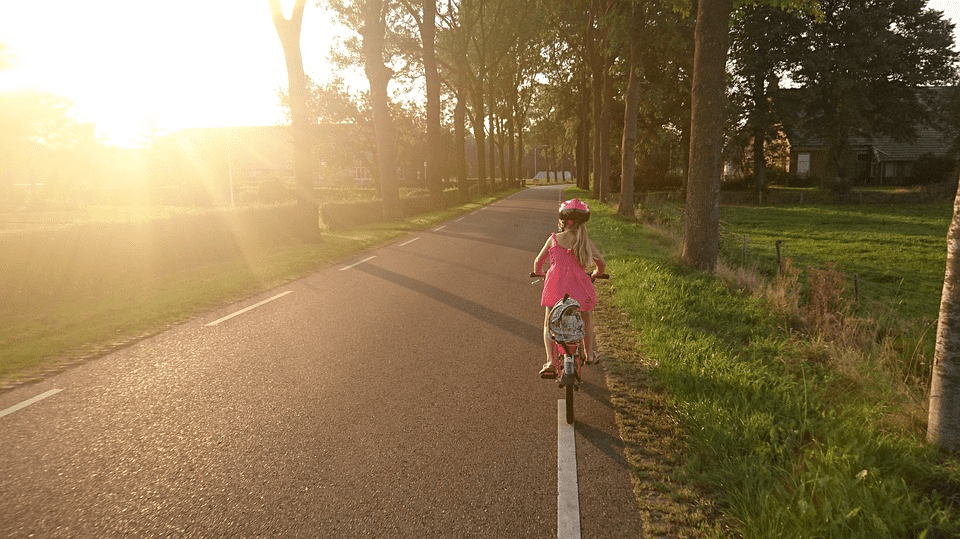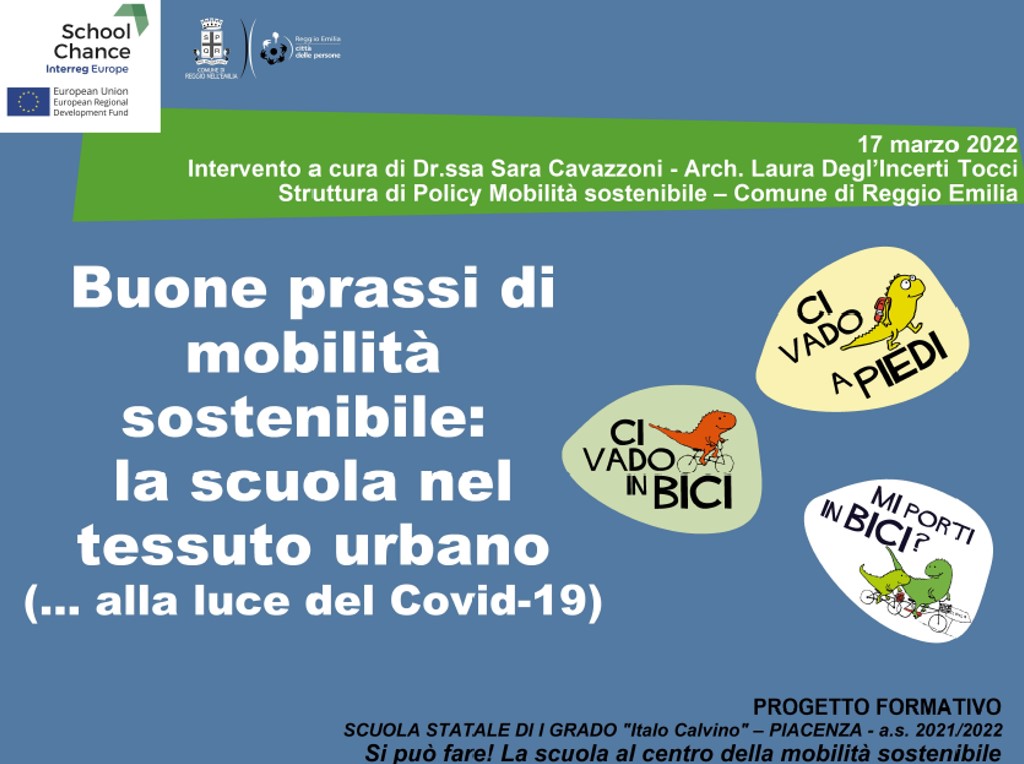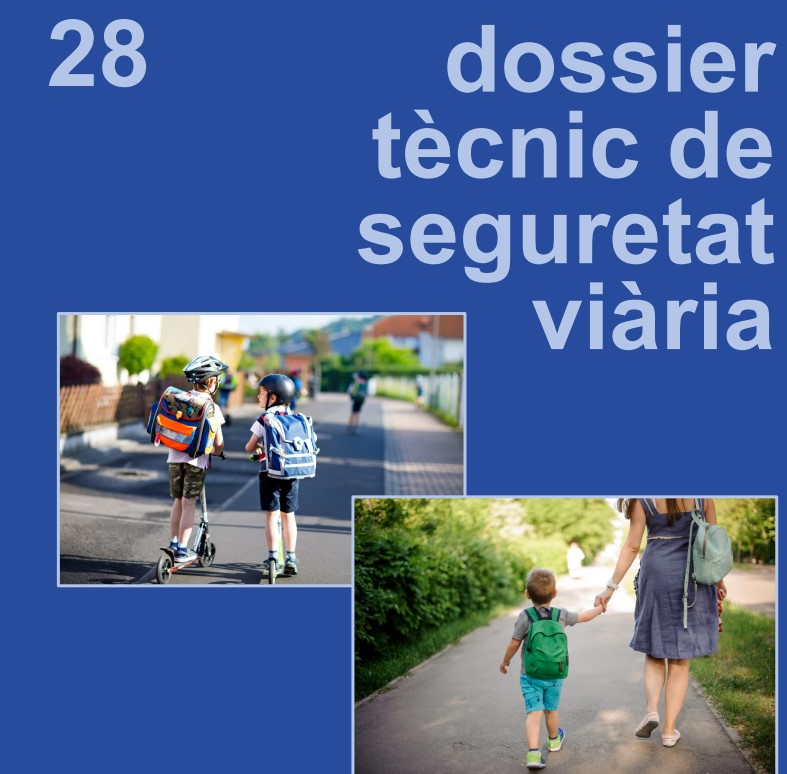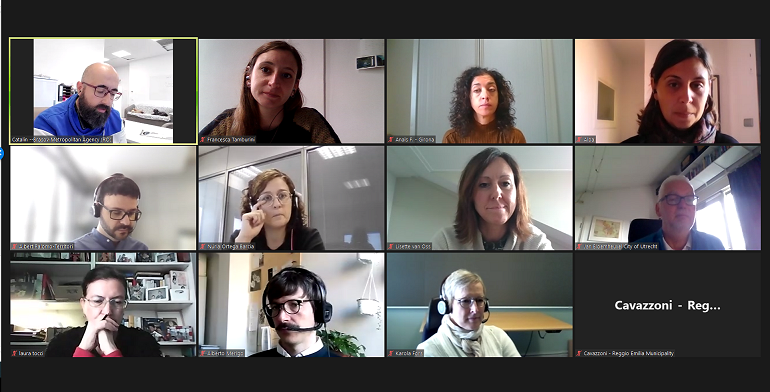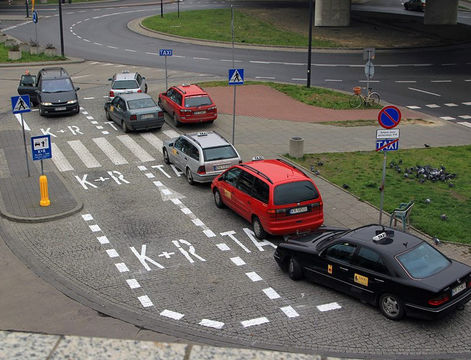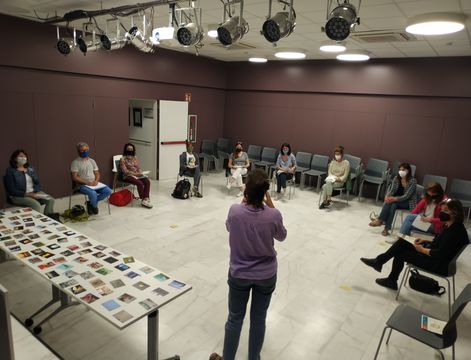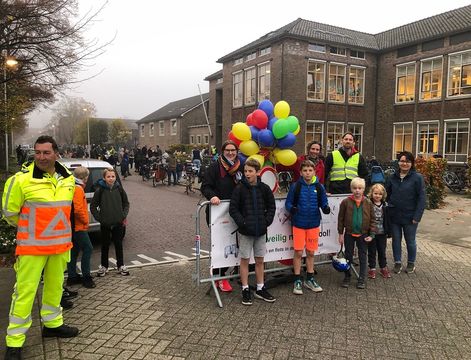On 1st December 2021, the final conference of the School Chance project took place online. The conference “Good practices in sustainable school mobility in six European regions” was aimed to share the progress and the results that partners’ cities achieved in 4 years of project implementation. Each partner presented its strategy and results in the implementation of its Regional Action Plan, as well as the contribution of project activities and interregional learning exchange in the development of local policies.

Reggio Emilia
Alberto Merigo, Sara Cavazzoni, and Laura Degl’Incerti Tocci presented the activities carried out by the Municipality of Reggio Emilia during the project and the RAP they adopted to promote sustainable mobility. The actions included the introduction of mobility managers in schools, the 2.0 Manifesto for home-to-school mobility, and the increase of schools visibility, with some concrete examples of the cooperation with schools to develop traffic calming, visibility, and signage interventions. The speakers introduced the actions that will be explored in the additional year of the project, which will focus on the impact of the pandemic on sustainable mobility and how the city reacted to new challenges.
Utrecht
Lisette Van Oss presented the RAP and the actions implemented, underlining the positive impact that the interregional learning experience had for the development of new policies and approaches. They implemented the closing of school streets during drop-off and pick-up time, which resulted in more space to walk and cycle to school and cleaner air in schools surroundings. They also introduced mobility managers to give schools more and better information about traffic education programs and measures to increase walking and cycling to school.

Catalonia
Albert Palomo made an excursus from the starting point of the project to the actions implemented, underlining the activities carried out thanks to the international collaboration. The RAP of the Government of Catalonia consists of 6 key points, e.g.: a manifesto for sustainable, safe, and autonomous school mobility; the introduction of a reference figure in terms of mobility in educational centers; the promotion of the use of sustainable modes of transport and healthy mobility habits; the improvement of school environments and itineraries.
Girona
Anais Font presented the Pilot Action of “School Mobility Manager Network”, strategy 3 of the RAP, explaining the pack of four activities implemented in 13 schools: “Traffic Snake Game”; “How to walk around the city correctly?”; “Video of How can students get to schools from home”; “Friendly Shoppers project”. The objective was to create a guide for regions and cities interested in implementing actions to promote sustainable mobility in their territories.
Gävle
Karola Fors illustrated the activities of the RAP and underlined the positive contribution of the School Chance project. One of the main activities was the creation of school zones with three pilot schools, whose objective was to get stakeholders involved and to produce a model to be repeated. Another action was "walking biking school bus" to increase sustainable travels to school. Karola underlined the increase of sustainable travel modes from the beginning of the project to nowadays (6%), even though the Covid19 pandemic contributed to a new increase in the use of cars.

Gdansk
Gosia Malgorzata Ratkowska presented the actions implemented in the RAP of the city. The document was developed and accepted by City authorities as a local policy instrument to promote sustainable mobility in Gdansk. As a result, some infrastructure interventions were implemented in 10 pilot schools to improve safety and reduce car traffic in their surroundings (e.g. 30 km/h zone on the streets by the school entrances; Calmed pedestrian crossings at the school entrances; KISS & RIDE zones; the improvement of streets lights). Moreover, some campaigns have been activated to influence mobility habits and teach students how to move around the city traffic.
Brasov
Catalin Frangulea explained the process that brought the City of Brasov to implement the RAP. For instance, they discovered that many children were not able to ride bikes properly around the city, so they created micro areas and simulated environment where students could learn and practice cycling in an urban setting. Another important point has been the creation of a traffic coordinator and the building of infrastructures to promote the increase of sustainable mobility modes.
At the end of the conference, Francesca Tamburini (Reggio Emilia) presented the main communication results and Maria Mercè Teixidor (City of Girona) wrapped up the evolution of School Chance project from the very beginning until the closure of the second phase.
As the project got a one-year extention by Interreg Europe Program, more interregional learning activities will follow in the next months. Stay tuned to discover more!
